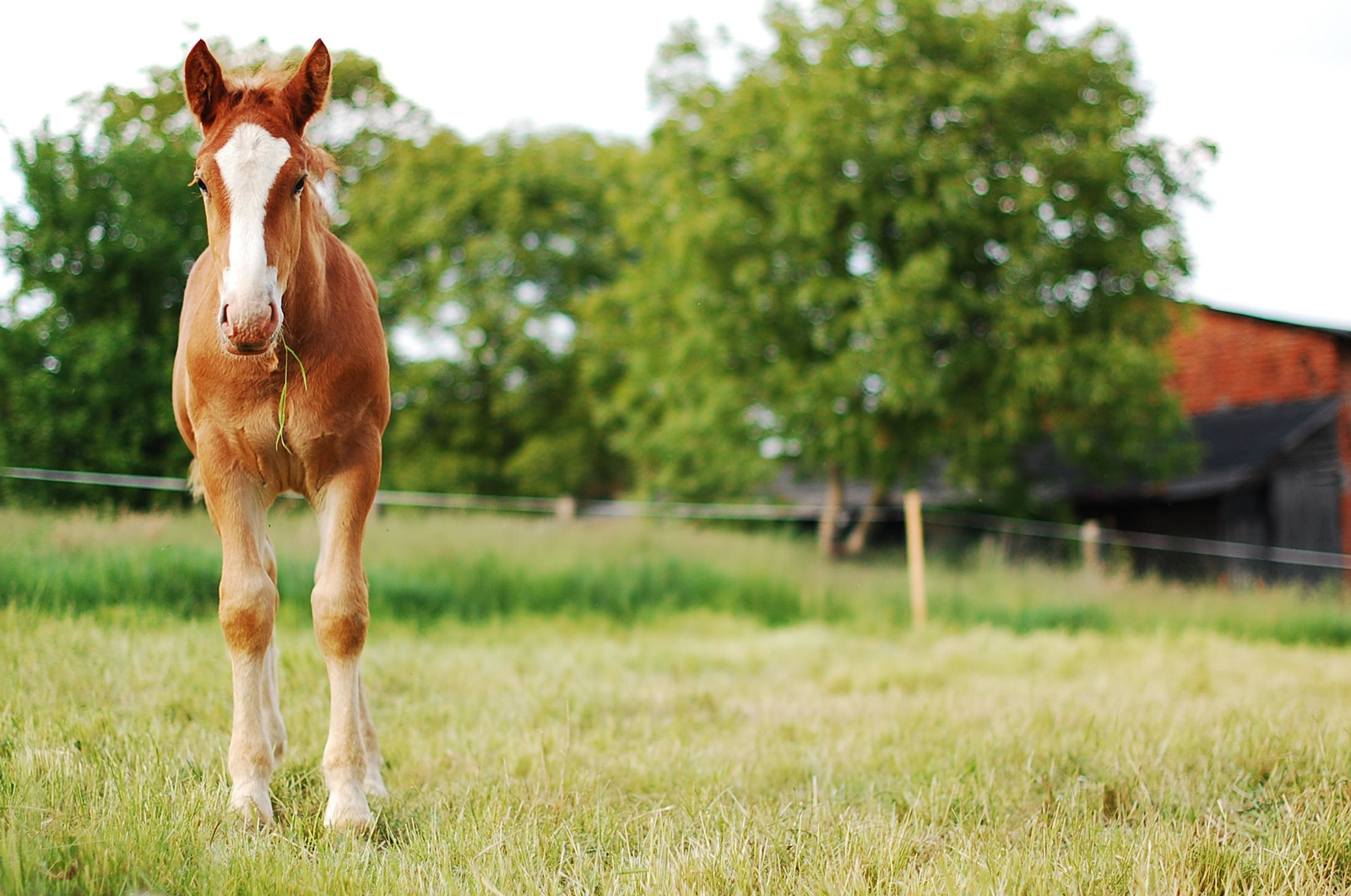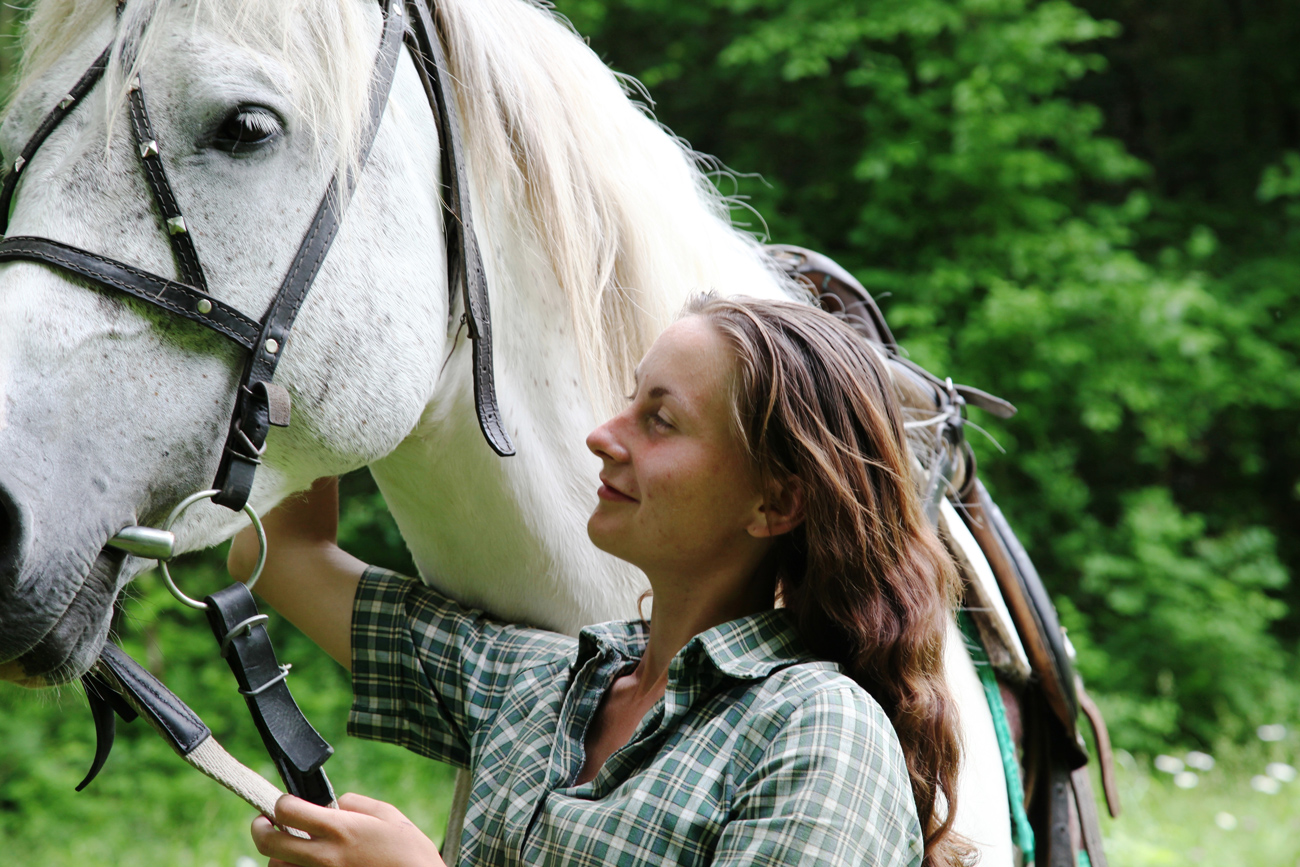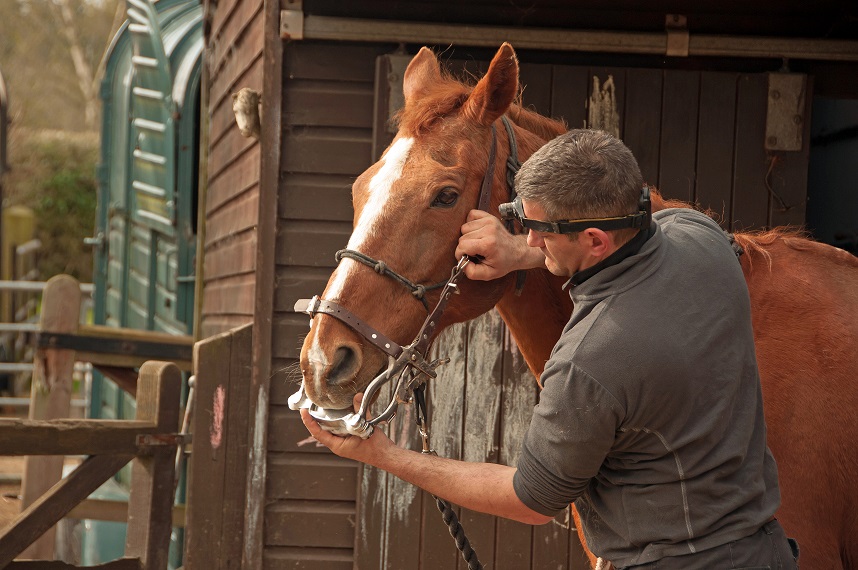Keeping a horse can be extremely expensive. According to Equine World, the bare minimum you can expect to pay is around £3,000 a year for a horse or pony kept on grass livery – full stable livery can cost £10,000 a year or more.
However, there are some ways you can manage costs better when you have a horse. Let’s look at what you can do to prevent your equine galloping all over your bank account.
Why you need to budget carefully before buying a horse
Before bringing a horse or pony into your life, it’s very important that you understand what the costs will be and have a plan for how you will meet them. Each year, many equines are found abandoned because their owners can no longer afford the cost of keeping them.
While most people would never dream of abandoning their horse or pony in this way, financial hardship can mean it’s a struggle to afford to keep paying for your pet.
This is why quality equine insurance, such as horsebox insurance is so important – it protects you against unexpected costs, giving you peace of mind and the ability to plan your spending.
How to cut the cost of keeping a horse
You can find lots of ways to reduce your bills when keeping a horse. It’s usually a matter of weighing up whether you want the luxury of a convenient option or whether you’re happy to do some of the hard work yourself.
Livery
One of the main costs of keeping a horse is livery, and this is an area where there is a lot of choice and scope to save money.
Most horse owners choose to keep their horse at a livery yard, where facilities such as a tack room, schooling arena, muck heap and jumps are available and additional services such as care and grooming can be purchased.
You can opt for a more basic livery package by paying to keep your horse in a field rented by a farmer, which will be even cheaper if shared between multiple horse owners.
Make sure there is secure fencing, suitable storage, good quality grass and ample grazing before committing to keep your horse in this setting. An area of hard standing is also advisable for wet days.

Food
The amount of food your equine needs will depend on the size and type, how much exercise it does and whether it is stabled or put out to grass.
If you have a small, hardy horse or pony that lives outdoors all year round with good access to grazing, you will need hardly any food other than a balancer if necessary.
A very active, stabled horse will need food costing around £5-10 per week.
Winter costs
In colder weather horses need additional hay to eat and straw to keep warm. For around five months of the year, stabled horses will need to supplement their diet with hay, costing up to £10 per week when grass is unavailable, for example during heavy snow.
Stable bedding in the form of straw or shavings is an additional cost, which can add up to £20 per week to your livery bill.
Rubber matting can provide a comfortable bed for a horse, and regular cleaning will safeguard your horse’s health.
Vet costs
Some veterinary costs are routine; horses and ponies need annual vaccinations to prevent Influenza and Tetanus, at around £35 per year for the vaccines and £35 for the vet’s time.
If your equine has an accident or falls ill, this can be very expensive.
In the worst case scenario, your horse may need to be put to sleep, resulting not only in the loss of a beloved animal but also a financial loss through vet bills and the cost of buying another horse.
Insurance
Horse insurance is a way of making sure you are not faced with a huge bill if you are unlucky enough to have a horse fall ill, have an accident or similar. An accident in which your horse causes injury to someone else can cost millions of pounds - it’s never worth the risk of going without insurance.
In addition to insuring the animal, you may wish to take out horsebox insurance which covers you for damage to your horsebox or damage such as the vehicle being kicked by your horse in transit, vandalism or being involved in a road accident.
You can save money on insurance by shopping around for a competitive price, or going for a higher excess.

Sharing costs
Another good way to share costs is to work with other horse lovers. You might be willing to share a horse with someone else, halving your costs.
However, you would need to be sure you trust the other person and come to a clear agreement about who gets access to the horse and how it will be cared for.
Even if you decide you wish to keep a horse for yourself, you can work with others to save time and money.
Buying goods such as feed, forage and bedding in bulk with other owners who use your livery yard can result in savings.
Vets, farriers and other equine professionals may offer a group discount and you can opt to pool duties such as morning visits, saving time, money and fuel.
Farriery
Keeping your horse’s feet in good condition is very important, and scrimping on care in this area can end up costing much more than you save.
However, a good farrier may be able to recommend economic measures for your horse such as refitting shoes if they are only part-worn, or whether your horse really needs a full set of shoes.
Routine costs
Prevention is usually better than cure – you should always make sure your horse has the right dental care and routine treatments such as worming.
This is not only to ensure your horse stays healthy and happy, but also because it can be expensive when things go wrong.

Protect your horse transport
Problems with your equine transport can make horse ownership even more expensive.
Here at Equesure, our horsebox insurance can come with a number of benefits including:
- Breakdown cover including horse and vehicle recovery
- Cover for drivers aged 17+
If you need horsebox insurance, get a quote from Equesure today.
Policy benefits and features offered may very between insurance schemes or cover selected and are subject to underwriting criteria. Information contained within this article is accurate at the time of publishing but may be subject to change.






